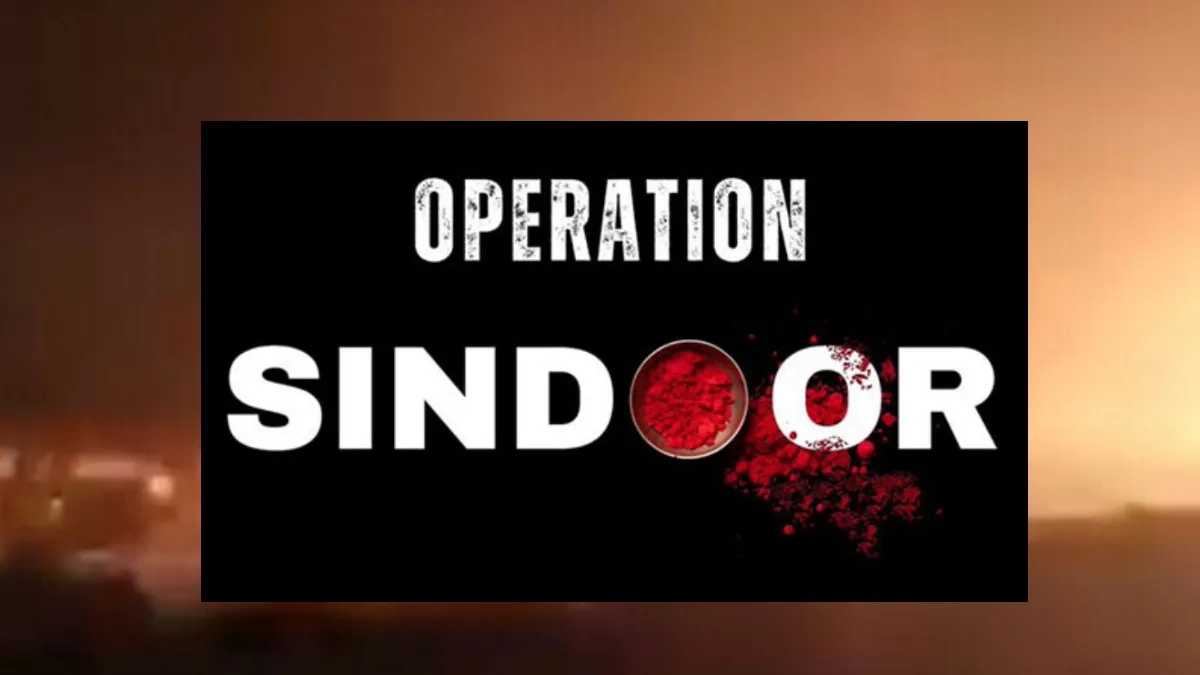India’s Operation Sindoor, the targeted military action against alleged terrorist infrastructure across the border, has triggered a complex and multifaceted reaction within the country. Gauging public opinion in India after such a significant event requires a nuanced approach, considering the influence of media narratives, political discourse, and the pervasive presence of social media. Understanding the diverse range of national sentiment is crucial to assessing the broader implications of Operation Sindoor for India’s domestic landscape and its future policy decisions.
Initial Surge of Nationalistic Support:
In the immediate aftermath of Operation Sindoor, there was a noticeable surge of nationalistic support across various segments of Indian society. This initial reaction was largely fueled by:
Media Coverage: National news channels, particularly those with a pro-government stance, often presented Operation Sindoor as a decisive and necessary response to the Pahalgam terror attack, reinforcing a narrative of national strength.
Political Rhetoric: The ruling party and its allies actively promoted the operation as a testament to India’s resolve to combat terrorism, framing it as a victory for national security.
Social Media Trends: Social media platforms witnessed a flurry of patriotic posts, with hashtags celebrating the military action and expressing support for the Indian armed forces.
This initial wave of nationalistic fervor reflected a sense of collective anger over the Pahalgam attack and a desire for decisive action against cross-border terrorism.
Diverse Perspectives and Concerns:
However, beyond the initial surge of nationalistic sentiment, a more nuanced and diverse range of opinions emerged:
Concerns About Escalation: Some sections of the public expressed concerns about the potential for military escalation with Pakistan, highlighting the risks of a wider conflict and the potential for retaliatory attacks.
Questions About Long-Term Strategy: A segment of the population questioned the long-term effectiveness of military strikes in addressing the root causes of cross-border terrorism, calling for a more comprehensive and sustainable approach.
Debates About Evidence and Transparency: Some voices raised concerns about the lack of detailed evidence provided by the government regarding the targeted sites and the effectiveness of the operation.
Political Polarization: The operation became a subject of political debate, with opposition parties raising questions about the government’s handling of the situation and the potential for political exploitation.
Impact on Regional Stability: There were those who questioned the impact that the operation would have on long term regional stability.
The Role of Media and Social Media:
The media and social media played a significant role in shaping public opinion:
National Media’s Influence: National news channels, with their wide reach, played a crucial role in disseminating the government’s narrative and influencing public perception of Operation Sindoor.
Social Media’s Echo Chambers: Social media platforms, with their echo chamber effect, often reinforced existing biases and polarized opinions, leading to the spread of both supportive and critical narratives.
The Spread of Disinformation: The rapid dissemination of information on social media also contributed to the spread of disinformation and unverified claims, further complicating the public discourse.
Political Discourse and its Impact:
The political discourse surrounding Operation Sindoor has further shaped public opinion:
Ruling Party’s Messaging: The ruling party actively promoted the operation as a testament to its strong leadership and its commitment to national security, aiming to consolidate its political base.
Opposition’s Scrutiny: Opposition parties raised questions about the government’s handling of the situation, seeking to hold it accountable and to highlight potential risks and shortcomings.
Impact on Election Cycles: Given India’s frequent election cycles, the timing and impact of Operation Sindoor could have political ramifications, influencing voter sentiment and potentially affecting electoral outcomes.
Gauging Public Opinion: Challenges and Methodologies:
Accurately gauging public opinion in India after Operation Sindoor presents several challenges:
Diversity of Opinions: India’s vast and diverse population, with its varying regional, linguistic, and socio-economic backgrounds, makes it difficult to capture a unified national sentiment.
Influence of Media and Social Media: The pervasive influence of media narratives and social media trends can significantly shape public perception and make it challenging to discern genuine opinions.
Political Polarization: The highly polarized political climate can lead to biased responses and make it difficult to obtain objective feedback.
To overcome these challenges, various methodologies can be employed:
Polling and Surveys: Conducting nationwide polls and surveys can provide valuable insights into public sentiment, but these must be carefully designed to avoid bias and to accurately represent the diverse population.
Analysis of Social Media Trends: Analyzing social media trends and sentiment can offer insights into public discourse, but it is important to be aware of the potential for manipulation and the spread of disinformation.
Focus Group Discussions: Conducting focus group discussions with diverse segments of the population can provide qualitative insights into the nuances of public opinion and the underlying concerns.
Media Content Analysis: Analyzing media coverage from various sources can help to understand the different narratives being presented and their potential impact on public perception.
Conclusion: A Complex and Evolving Landscape
Public opinion in India after Operation Sindoor is a complex and evolving landscape, shaped by a multitude of factors. While there was an initial surge of nationalistic support, a more nuanced and diverse range of opinions has emerged. The media, social media, and political discourse have all played significant roles in shaping public sentiment.
Accurately gauging public opinion requires a multi-faceted approach, employing various methodologies to capture the diverse perspectives and concerns of the Indian population. The long-term impact of Operation Sindoor on India’s domestic landscape and its future policy decisions will depend, in part, on how these diverse opinions are addressed and integrated into the national discourse.

